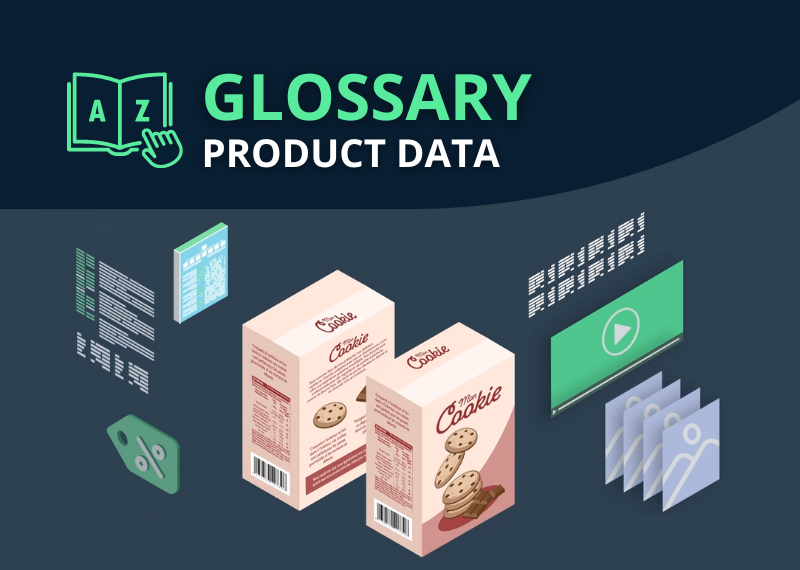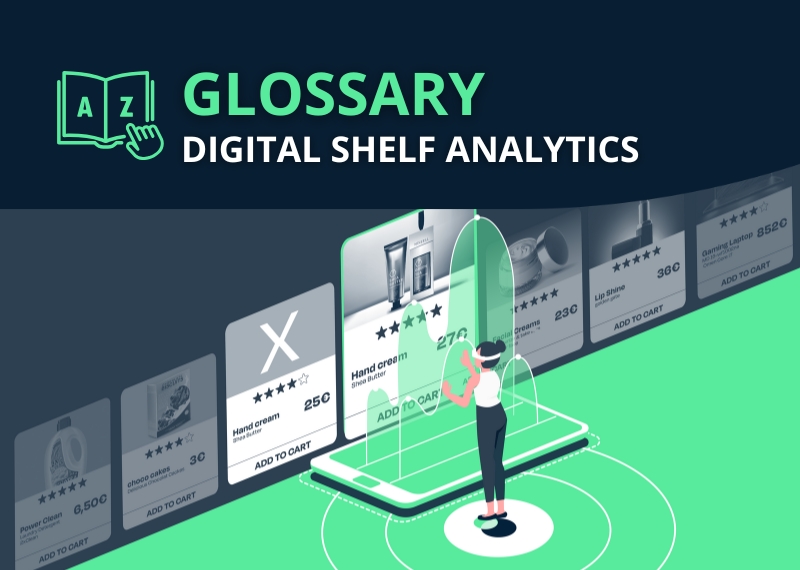Table of contents
Imagine yourself in a supermarket aisle. You’re faced with a multitude of choices, but how do you decide which product to buy? The answer often lies in the quality of product information. This is where the power of product data lies. By providing accurate, comprehensive and compelling details, companies can influence consumers’ purchasing decisions, boost engagement and preference, and ultimately increase sales.
In an ever-changing retail landscape, “product data” has become much more than just a collection of information; it has become a cornerstone of companies’ sales strategy. But what exactly is product data, and why is it so crucial to seducing consumers? In this article, Equadis explains everything you need to know about product data and its vital importance for every player in the sales ecosystem.
Defining product data and its role
Product data refers to all the information and attributes associated with a specific product. This goes far beyond mere physical characteristics; it also encompasses details such as marketing description, brand, product name, visuals, pricing, logistical information, and much more. In other words, it’s everything that makes a product unique and marketable.
The different types of product data: a practical guide
At the heart of product data management are several types of data, each making a unique contribution to the presentation and overall perception of a product. Here’s an overview of the main types of product data:
Consumer Information:
This is essential product information, such as name, description, brand, category, model, composition and allergens, labels and accreditations, and other relevant characteristics. They serve as a basis for identifying and classifying products in a consistent way, making it easier for consumers to find and compare them during their online and offline shopping experience. In the food sector, it is referred to as “INCO data”, but this type of information is common to all retail sectors.
Price data:
This data is sensitive and highly confidential. It includes permanent prices and promotions, discounts and any other financial aspect linked to a product or to negotiations with distributors. This information also refers to the Recommended Retail Price, also known as the marketing price, taxes (VAT, eco-packaging tax, etc.), and price reductions. Efficient and accurate communication of pricing information is essential to ensure smooth exchanges between distributors and suppliers.
Logistics data:
This information covers all logistical aspects of a product’s supply chain. It can, for example, indicate packaging configurations, quantities per carton and pallet, and packaging materials, particularly if the product is “ready-to-sell” or irregularly packaged. The quality of this information helps optimize costs for both distributors and suppliers.
Multimedia assets:
High-resolution images, captivating videos, interactive presentations… Multimedia assets are your product’s showcase! It’s essential for capturing consumers’ attention, illustrating product features and benefits, and providing a more immersive and engaging buying experience. In addition to classic images and videos, multimedia data also includes documents such as product or brand presentations, manuals and user guides, instruction manuals, safety data sheets, certificates or even audio files…
Technical data:
This data includes all the characteristics and particularities associated with a technical product. Take the example of a drill in the DIY sector: this data may include the size of the drill bit, the various speeds of rotation or the operating pressure. They also ensure that products comply with industry and regulatory standards, guaranteeing product safety and quality.

By integrating these different types of product data in a comprehensive and harmonious way, companies can create comprehensive and compelling shopping experiences that generate consumer interest, trust and engagement. Ultimately, effective management of this information is key to maximizing business potential and ensuring success in today’s competitive market.
Compliance with current regulations
Product data is subject to a number of strict regulations, designed to guarantee the transparency, safety and quality of products on the market.
In France for example, food products must comply with the “INCO” law (consumer information on food products), which modernizes, clarifies and simplifies legislation on labeling and information on food products; or the EGalim law, which protects manufacturers in their commercial relations with supermarkets. Cosmetic products, meanwhile, are subject to European regulation EC n°1223/2009, which defines product safety, labeling and composition requirements.
However, these regulations are not limited to the food and cosmetics sectors. Each industry, whether pharmaceutical, electronics or DIY, is subject to its own laws. These regulations can be established on a national, European or even international scale, ensuring consistency and uniformity in commercial and regulatory practices.
Beyond the legal framework, product data must also meet quality standards. Organizations such as GS1 and ETIM are establishing international standards for the management and exchange of product data, guaranteeing its integrity, reliability and interoperability across the different players in the supply chain.
The crucial role of product data in the digital age
Every year, the amount of product data required to market a product increases significantly. Consumers are becoming more and more demanding, and are looking for reliable information and transparency from brands and distributors. The advent of new sales channels, such as marketplaces and social networks, has profoundly transformed the commercial landscape, forcing market players to diversify their content and personalize their data to satisfy their customers.
Over the years, the nature of product data has evolved considerably. Once limited to printed catalogs and brochures, it has gradually moved into the digital world, where it has taken on a new dimension. Product data is no longer static. It has become interactive, enabling consumers to compare products, ask questions and share their opinions. This interactivity creates a richer, more personalized customer experience. Today, thanks to technological advances such as artificial intelligence (AI), product data is more dynamic and personalized than ever.
The tangible benefits of product data
The benefits of good product data management are not just theoretical; they also translate into tangible results for companies. By providing accurate, detailed information, they can reduce product returns, improve customer satisfaction and strengthen brand loyalty. What’s more, better management of product data can also lead to more efficient operational processes and lower costs.
Equipping yourself with the right tools: the key to success
While product data offers many advantages, it is not without its challenges. Managing large quantities of data can be complex, and requires robust systems to guarantee its integrity and security. What’s more, maintaining data accuracy and consistency across all sales channels can be a major challenge. However, with the right strategies and tools, such as PIM (Product Information Management), these challenges can be successfully overcome.
The future of retail: harnessing the power of product data
Product data is much more than just a collection of numbers and descriptions; it’s the foundation on which the future of commerce rests. By fully understanding its potential, and investing in its effective management and use, companies can position themselves at the forefront of business innovation, delivering exceptional customer experiences and driving sustainable growth.




